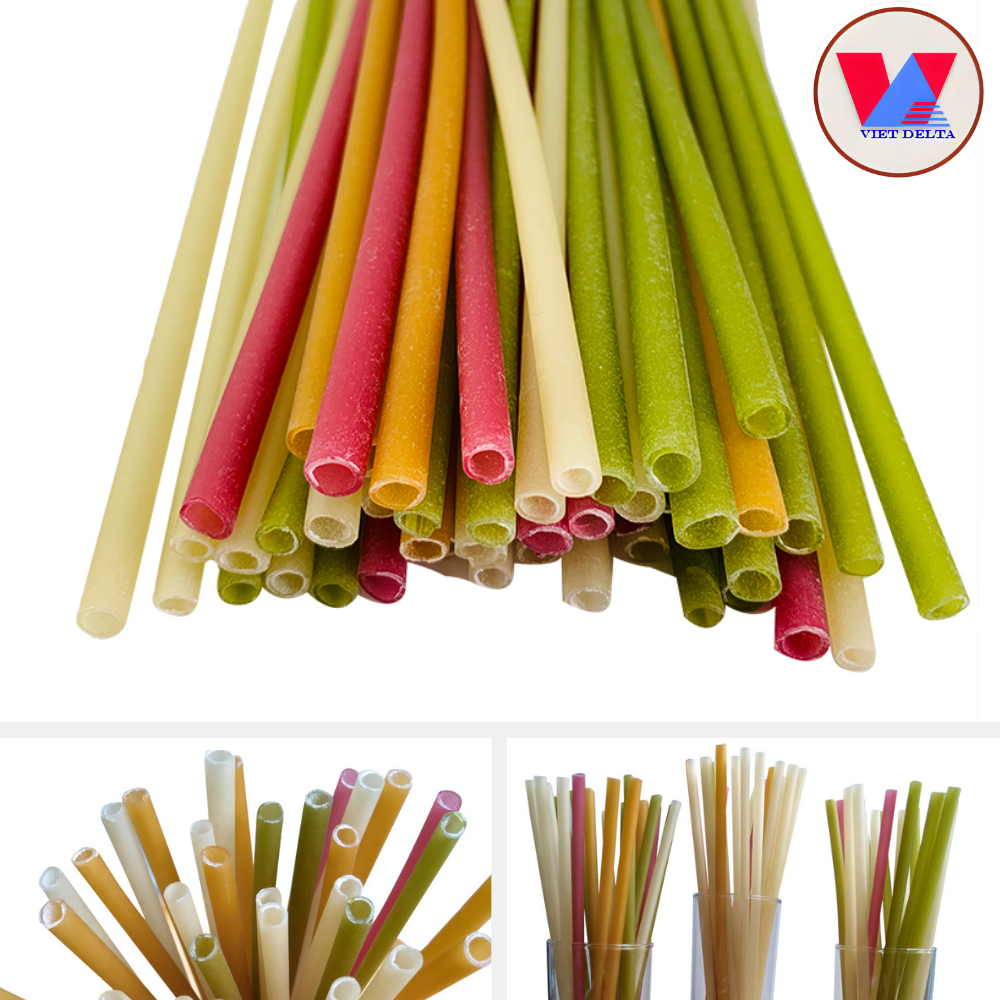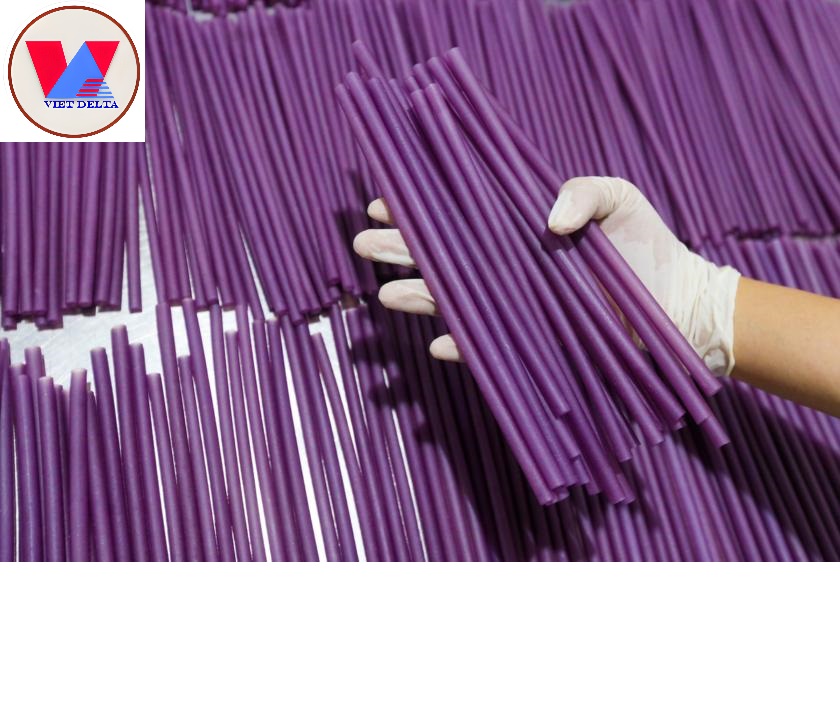
- Where do rice straws come from?
Rice – a product too familiar to Vietnamese. After the war from a country with lack of food, with a strong and positive change in production management, Vietnam has become a top rice exporter in the world.
Special thanks to Vo Tong Xuan – the great agronomist of world agriculture for tearing up barriers to erase the cooperative model. Since then Vietnam’s rice production has increased and exports began. After just over a decade, Vietnam has risen to become a top exporter in the world.
The Mekong Delta plays an extremely important role because it accounts for over 50% of the total production and 90% of the country’s rice exports. The land of the Mekong Delta is more than 3.2 million hectares, rice production reaches from 24 to 25 million tons per year.
The annual output of Vietnam’s rice exports averaged over 5 million tons, bringing in more than $ 2 billion. Especially in the past 2 years, the ST25 rice product of engineer Ho Quang Cua was honored as the world’s best rice product in 2019 and second in 2020, contributing to the reputation of Vietnamese rice brands globally.
Rice is not only for daily cooking, but also for many other dishes such as porridge, cakes, … especially rice flour is used to make many kinds of delicious cakes from savory cakes, pastries or used to make “hu tieu”, “pho”, … It can be said to most Vietnamese people; the meal is indispensable with rice cooking or dishes made from rice.
In recent times, the movement to limit disposable plastic waste is interested in people, rice has a new feature that is making straws. Rice straws are eco-friendly products that decompose within 3 months of use. When using, the rice straws keep in cold water for at least 30 minutes and maximum for up to 2 hours.
How are the rice straws made?
Rice straw production process follow the six steps:
Step 1: Selected material
Step 2: Mix the flour
Step 3: Steamed
Step 4: Granulation
Step 5: Straws shaping & drying
Step 6: Packaging
Step 1: Selected material
The ingredients for making straws 80% are rice flour and flour, which are carefully selected. The color of straws from the natural vegetables, tubers and fruits are used. For example: natural white powder, black sesame seeds for black color, purple beets for purple color, spinach leaves for green color, carrots for the red color…
Step 2: Mix the flour
After selected material, the raw materials are put into the mixer machine. The mixer machine will continuously beat the mixture with water to form a smooth and even mixture. When finished mixing, the mixture will continue to pour into the trays to prepare the next steps.
Step 3: Steamed
The mixture on each tray will be poured evenly on the steamer and steamed
Step 4: Granulation

At the end of the steaming process, the obtained product will continue to be transferred to the granulator to enhance its durability, to avoid the product being broken or too brittle.
The most difficult is how to reinforce the dough to make it more durable, resistant to fracture and brittle, so it is necessary to find a standard formula to handle without using chemicals (plasticizers, toughness). Want to make clean straws, protect the environment and health, the manufacturer must find a way to handle it on its own raw flour. Therefore, the process of mixing and creating granules to make the straws durable, not broken is the secret of each manufacturer.
Step 5: Straws shaping & drying

The strengthened mixture will be pulled into long tubes by the forming machine. The size of each pipe will be about 3 – 4m in length and cut into short segments by workers. The diameter of the rice straws depends on the customer requirements but is usually 8-12 mm
After cutting, the products will be brought back to the hanging rig to be completely dried, sorted and cut again. Product drying time will last from 6 to 12 hours. During the drying and sorting time, workers will straighten the straw and after drying, the product will be sent back to the cutting machine to cut into a short straw.
Step 6: Packaging

After the cutting machine finished shortening the rice straws, workers will continue to screen, classify and finalize the product packaging. The straws will be classified by size and color depending on the product package. Finished product packaging will be delivered to sales establishments or businesses pre-ordered to serve customers.
Above is the production process of rice straws. Rice straws decompose within 3 months, and can be stored in a normal environment for about 18 months. The rice straws remain unchanged in normal water and cold water for 30 to 120 minutes. Made from natural ingredients, the rice straw is edible, but the manufacturer recommends not using rice straws too much during the day.
2. Uses of rice straws
Like other types of straws, the use of rice straws is to enjoy drinks. The rice straw product line can be used for both hot and cold drinks . This is also a great advantage compared to some other types of biological straws such as paper straws, grass straws.
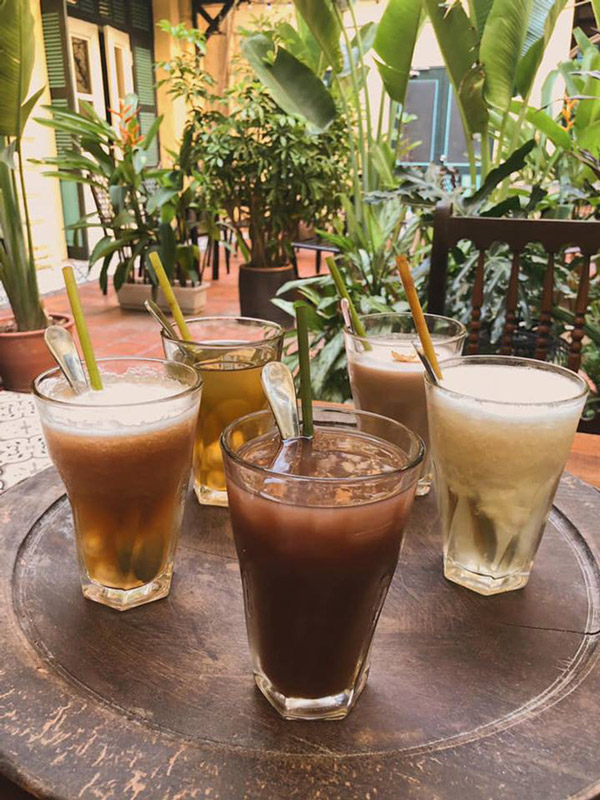
With all-natural ingredients, rice straws bring many great benefits to the environment and people. They help ensure the safety of the user’s health.
In addition to serving as a tool to enjoy drinks, rice straws are completely edible . Therefore, users can be assured of health problems when using the product. Besides, rice straws are also extremely environmentally friendly. They have the ability to decompose within 3 months. Because it is made from natural ingredients, the decomposition of the product on the environment does not affect the ecosystem in general as well as humans in particular.
3. Pros and cons of rice straws
3.1. Advantages of rice straws:
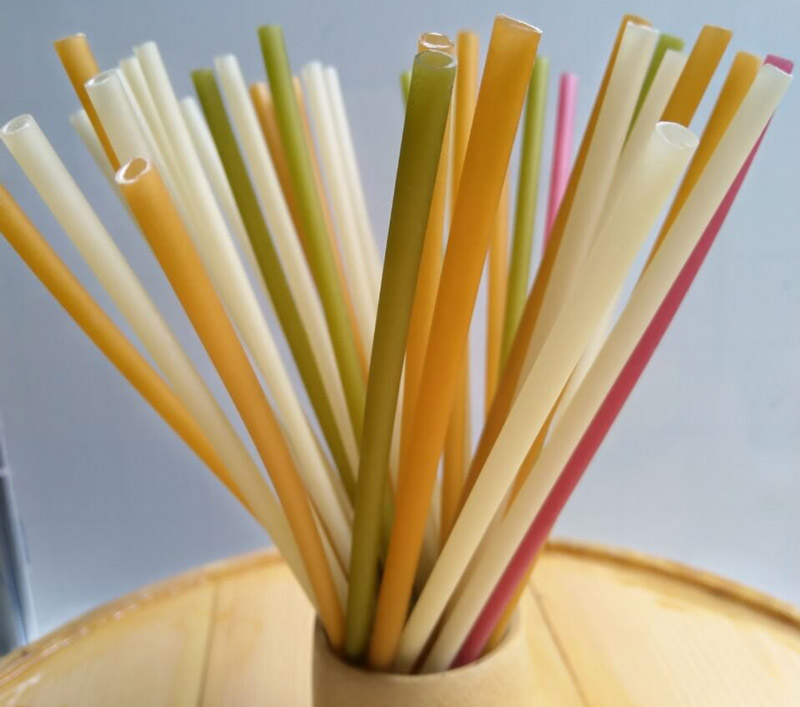
- Safe for users’ health, environmentally friendly due to the production of rice straws made entirely from natural.
- The decomposition time of rice straws is short: This is a special feature of this straw product. If plastic straws take 500 years to decompose, rice straws only take about 3 months. Therefore, using rice straws to replace plastic straws is an optimal solution to protect the ecosystem.
- The storage time and shelf life are quite long compared to other biological straws: The storage time is about 18 months; Shelf life is 3 years from date of manufacture.
- Can be used with both hot and cold drinks.
- Edible: Rice straws are completely edible, but the manufacturer does not encourage customers to try.
- Diversity in size: Current rice straws can be used for all kinds of drinks, including smoothies or milk tea.
- Colors are created from natural materials, quite eye-catching.
- Simple and easy storage: Just store the product in a cool, dry place, avoid moisture, mold, avoid the penetration of insects, flies, mosquitoes …
3.2. Disadvantages of rice straws:
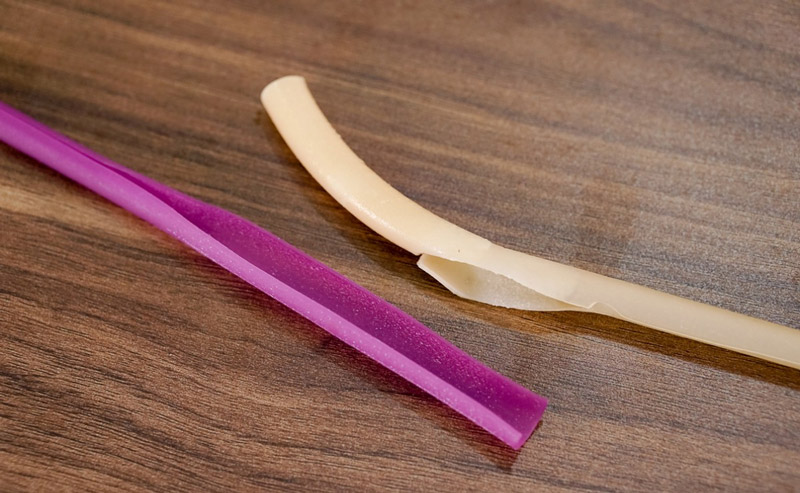
- The straw is soft, hydrates for 1.5 – 2 hours, then it will have to be replaced with a new one.
- When using a straw to stir water, it is easy to break, crush, and need to replace a new one.
- Using rice straws in an air-conditioned room will make their upper part dry, which can easily lead to tearing or tearing.
- The shape of rice straws is a bit rough compared to other biological straws.
- Product size is somewhat uneven, even many products are slightly warped.
- Easily moldy if not well maintained.
- The price is a bit high, less economical for shops and restaurants: On average, a bag of 125 rice straws costs about 130,000 VND, while a paper straw costs only 150,000 VND / bag of 400 pieces.
Price of rice straws
Based on the diameter, the rice straws cost about 500-1,000 VNĐ for one straw, some production is sold by kilograms. Overall the rice straws have a high cost.
How to use rice straws?
Rice straws are the single used straws, they can be stored in a normal environment for about 18 months and used as the straws. Do not use the rice straws with hot water because it easily dissolves and changes the taste of drinking water.
Are rice straws safe?
Made entirely from natural ingredients in a modern manufacturing process, most rice straws are safe. However, you should choose companies with modern factories and reputable brands.
Totally, the rice straws are good for replacing the plastic straws but it is not the best because it has some disadvantages such as: using time shortly, cannot use with hot water, … To find the best straws replace the single use plastic straws, you can find more environmentally protected straws such as: bamboo straws,… especially grass straws because they were made from the “Lepironia articulata”, 100% natural and have a short plant to harvest. Using a grass straws are not only contributing to environmental protection but also help improving the living standards of farmers
If you need more information about organic straws, please contact with Vdelta for detail

